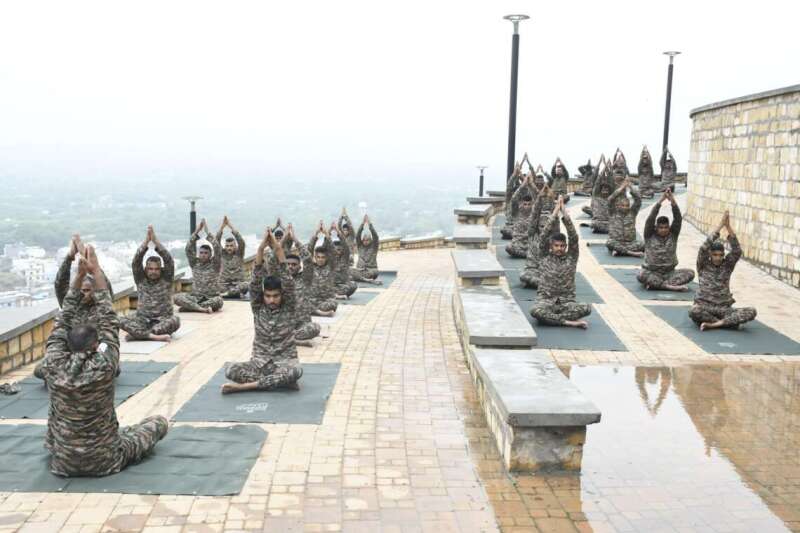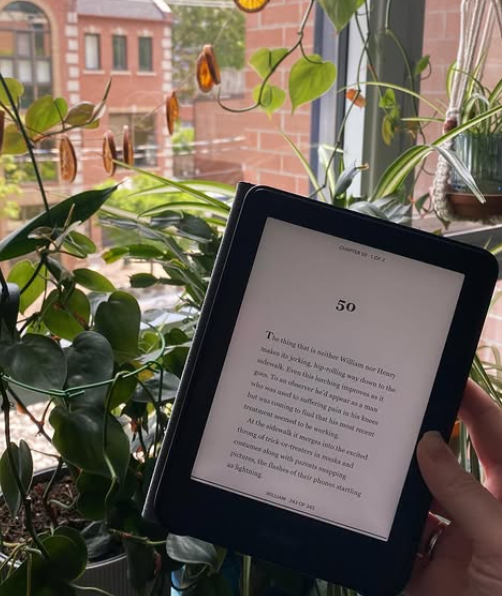A vibrant, colourful and exuberant fashion trend seems to have emerged in these uncertain times; the confinement of Covid-19 has seen the resurgence of tie and dye. Judging by social media feeds in the last few months you have either baked banana bread or tie-dyed t-shirts.
Tie and dye is the comfort food of fashion– easy to do, a great bonding activity and the result is very Instagram friendly. Its psychedelic patterns give us pangs of nostalgia, a throwback back to the “Summer of 69”, a time remembered for social revolution and free love; and right now we are all in the mood for some reminiscing.
The resistant dye technique can be traced back centuries, with India’s Bandhani considered to be one of the oldest forms of tie and dye. The term Bandhani is rooted from the Sanskrit verb ‘bandh’, which means “to tie,” and uses natural dyes. The craft-rich Kutch belt is home to many skilled Bandhani artisans, as the ancient art comes from the states of Gujarat and Rajasthan. It requires nimble hands, the smaller the knot the more time it takes; intricate designs are a sign of a precision.

A red and white bandhani sari was traditionally worn by brides from this region, and yellow bandhani saris were gifted to mothers-to-be as a sign of fertility. Today you can find Bandhani in a range of colours from neutral shades of indigo, greys and blacks to vibrant pinks and oranges. Revered by fashion historians all over the world, it’s a technique that European brands such as Etro have referred to in their collections.
It is safe to assume with tye and dye coming to the forefront of global fashion, this decorative technique will be something Indian designers will champion. Contemporary Indian design label Abraham and Thakore has turned to the beauty of Bandhani for many of their collections, even injecting the artisanal practice with a graphic sensibility by engineering square patterns and forms into their designs. “There is a surge of interest in handmade products at this time, because they have a feel of authenticity, and Bandhani fits right into this trend. It is also a flexible technique, so it lends itself to be modernised with ease,” says David Abraham.

A technique that works on anything from a sari to a slip dress, India’s doyenne of fashion is on board with Bandhani too. Says Ritu Kumar, “The original Bandhani was a very fine one, however today we have variations wherein wider ranged areas are tied to highlight the tie-dye effect. The technique of Bandhani keeps making a comeback through the arrangement of patterns in different ways.” Every piece is truly unique, as Kumar explains, “Right now the fashion world is looking at ways to give a non-uniform look to the fabric, moving away from machine-made to handwork. Since nowadays people prefer natural things, this technique will become very popular.” A reminder that there is beauty in the imperfections of life.

The bonus reason for expecting Indian designers to refer to this craft is its a history of being a leveller, its pattern embraces the #inthistogether spirit of these unprecedented times. As Abraham explains, “There is something evergreen and classic about Bandhani making them good investment pieces. Chiffon Bandhani and Leheriya saris are still worn by the elite as well as on the street.”
As we become more conscientious of the need to support our artisans, Bandhani is the “Handmade in India” story. With its colour, craft, history and enduring appeal – it does seem as though Bandhani’s beauty is ready to be rediscovered.
Also Read-Bhumi Pednekar Urges Nature Alternatives For Ganpati festival









